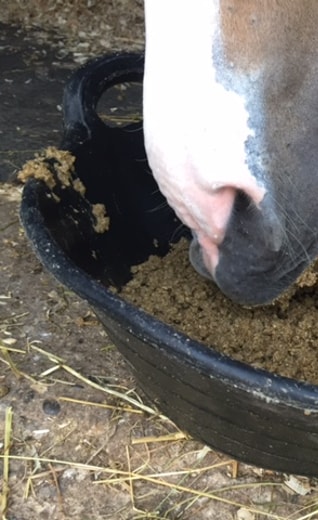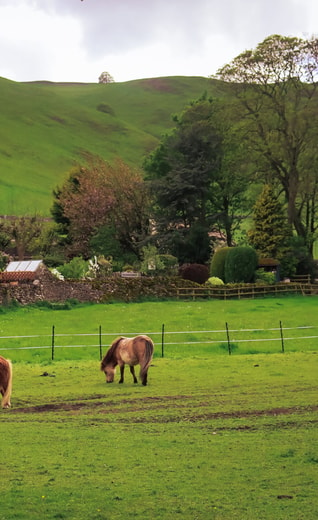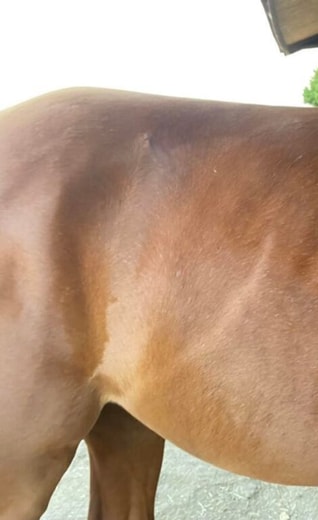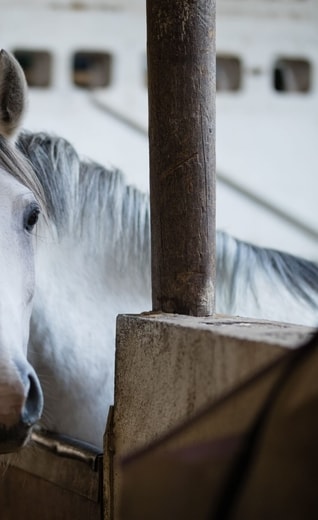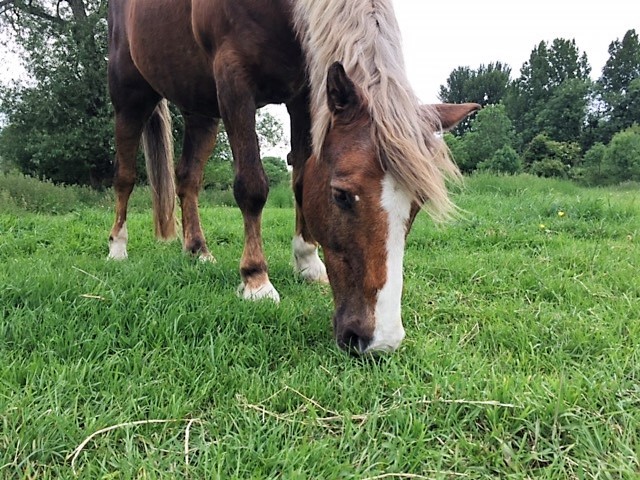
Everything you need to know about laminitis
Published March 21, 2023With laminitis season upon us what better time to brush up on your knowledge of the potential causes, risk factors and management advice?
What is laminitis?
In the simplest sense, laminitis is damage to or failure of the laminae (which attach the pedal bone to the hoof wall) causing varying degrees of pain and lameness. This ‘failure’ of the laminae can result in rotation and/ or sinking of pedal bone which in the most severe cases, may lead to the pedal bone penetrating the sole of the hoof.
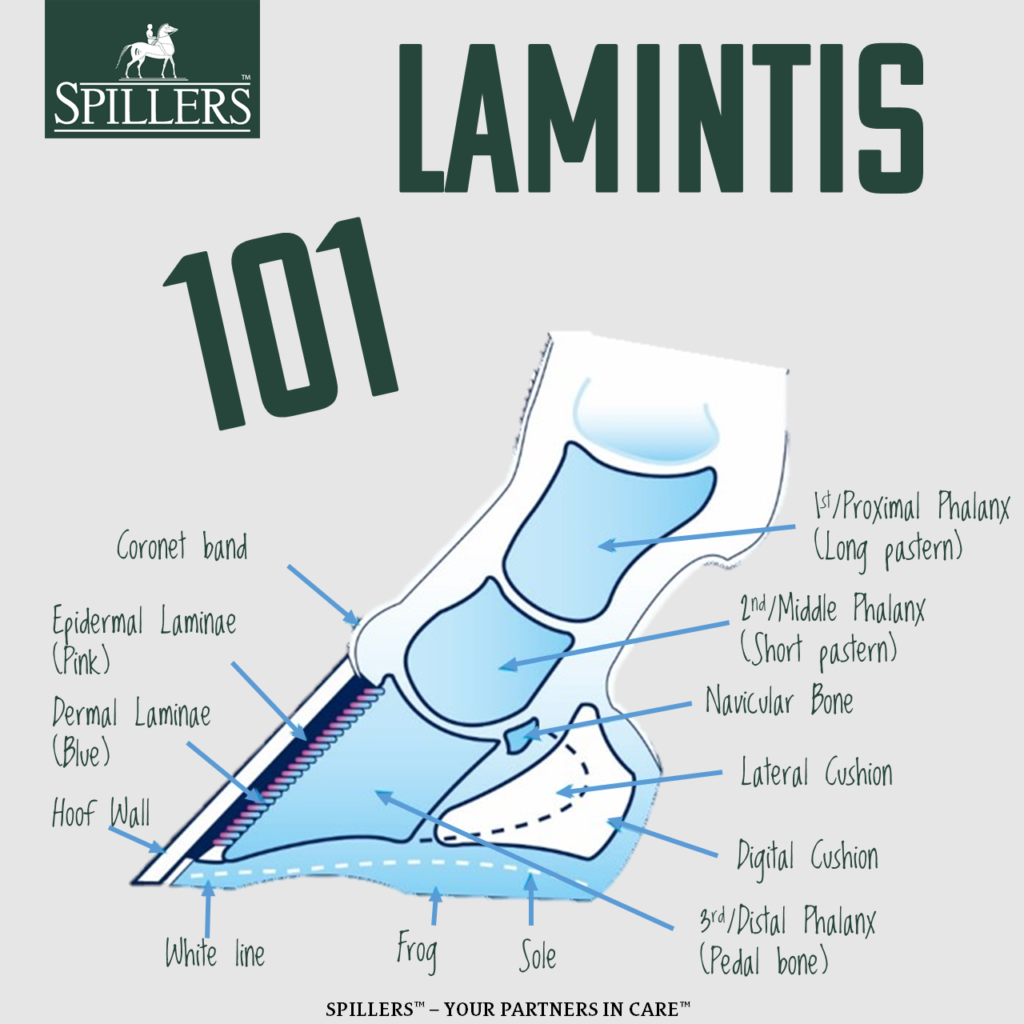
What causes laminitis?
Hyperinsulinemia associated laminitis or ‘HAL’ is now considered the most common form of laminitis and includes cases of laminitis associated with PPID or EMS.
The exact sequence of events or ‘mechanisms’ that lead to the development of laminitis remain elusive. HAL may be triggered by the horse/ pony eating enough non-structural carbohydrate (NSC) or ‘starch and sugar’ from feed or forage to cause an increase in the amount of insulin circulating in the blood, although exactly how this causes laminitis is still not clear.
Jargon buster
The different terms used to describe starch and sugar can sometimes cause confusion. Here’s a quick guide to busting the jargon:
-Non-structural carbohydrate (NSC) = starch + water soluble carbohydrate
-Water soluble carbohydrate (WSC) consists mainly of simple sugars such as sucrose and fructan
-Fructan is the ‘storage’ form of sugar in the majority of UK grasses and consequently hay and haylage
Who is at risk of laminitis?
Laminitis is thought to affect approximately 3-5% of the equine population. Although any horse or pony can develop laminitis, a number of risk factors have been identified.
-Genetics e.g. native breeds or being a pony
-Recent weight gain & obesity, particularly in horses and ponies with a body condition score (BCS) of 7 or above
-Regional fat deposits including a cresty neck
-PPID (Cushing’s), especially in the presence of insulin dysregulation
-A history of laminitis
-High intakes of non-structural carbohydrate (NSC) which includes starch, simple sugars and fructan, the ‘storage form’ of sugar in grass and other plants
-Insulin dysregulation
-Low adiponectin (measured via a blood test). Adiponectin is a hormone secreted by fat cells that helps to regulate glucose and fat metabolism
What is insulin dysregulation in horses?
The term insulin dysregulation is used to describe one or any combination of the following:
- Hyperinsulinemia – a high level of insulin in the blood
- An exaggerated insulin response after consuming starch and/ or sugar
- Insulin resistance – a failure of cells to respond to insulin
Feed & management tips for horses prone to laminitis
When it comes to nutrition, providing a diet low in non-structural carbohydrate (NSC) or ‘starch and sugar’ and maintaining a healthy body condition are top priorities.
-Restrict or removing grazing: for horses and ponies at very high risk, complete removal from grazing may be the only option.
-Avoid turning out on sunny frosty mornings: cold temperatures combined with bright sunlight can cause high levels of WSC to accumulate in pasture.
-Avoid pastures that have not been properly managed. Mature ‘stemmy’ pastures and grass that has been stressed by drought or over-grazing may be deceptively high in WSC.
-Beware of binge eating: turning out for short periods without a muzzle or allowing free access to grazing after removing a muzzle may lead to gorging.
-Ideally feed a low WSC hay or low NSC hay replacer: soaking hay helps to reduce WSC but results are highly variable and can’t guarantee suitability for laminitics. Ideally have your forage analysed and use soaking as a back-up. Due to a loss of nutrients (and therefore dry matter) into the water, your haynet will also contain less ‘hay’ and more water post soaking. As a guide, increase the amount you soak by 20%.
-Do not restrict forage to less than 1.5% of current bodyweight (dry matter) per day: this is equivalent to approximately 9kg of hay (11kg if you intend to soak it before feeding) on an ‘as fed’ or ‘fresh weight basis (the amount you weigh out) for a 500kg horse without grazing. However unless your horse/ pony needs to lose weight, a suitable forage or forage replacer should ideally be fed ad lib.
-Balancers are ideal for good doers: balancers provide a concentrated source of vitamins, minerals and quality protein but due to the low feeding rate, contribute a negligible level of calories, starch and sugar to the total diet. If additional calories are needed, look for fibre based feeds that are low in starch and sugar and if necessary, high in oil (oil is high in calories but starch and sugar free). Speak to a nutritionist for specific advice, especially if your horse or pony is severely insulin dysregulated.
-Feed small meals: this helps to reduce the amount of starch and sugar consumed in any one serving and may be particularly important or severely insulin dysregulated horses and ponies
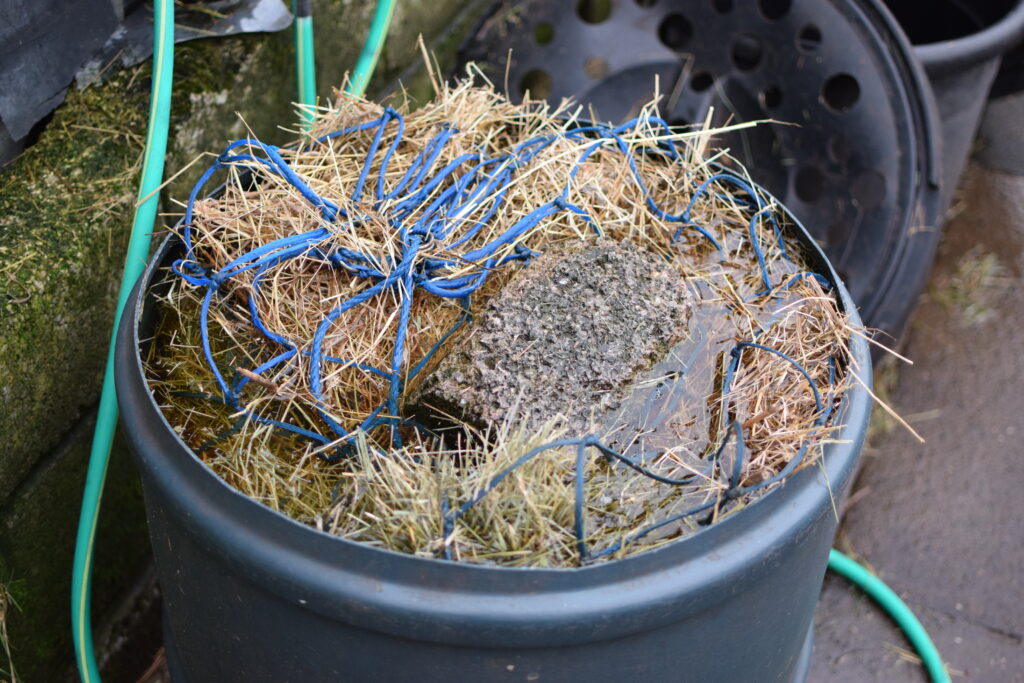
Can you spot the signs?
Being able to spot the signs of an acute attack as early as possible maximises your horse/ pony’s chance of recovery. Check out our latest blog for more advice.
For more advice on managing your laminitic horse/ pony contact the SPILLERS Care-Line, 01908 226626.
